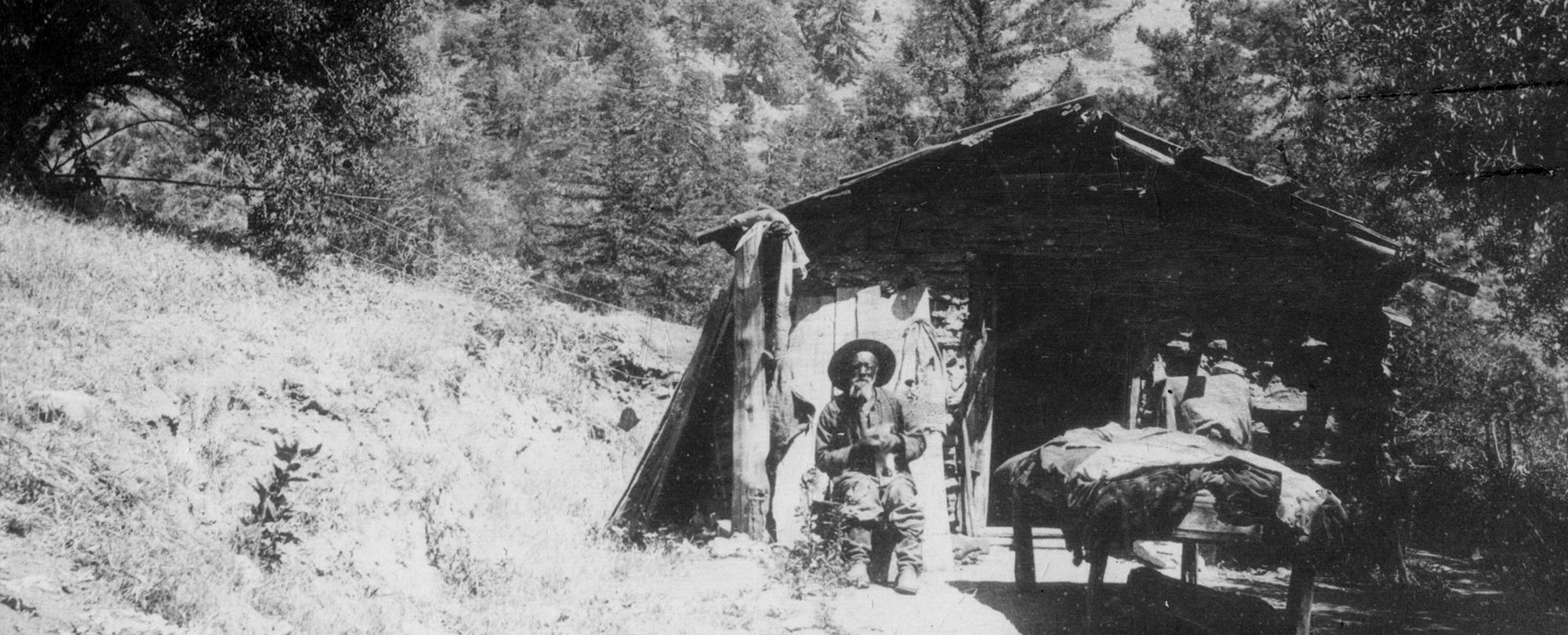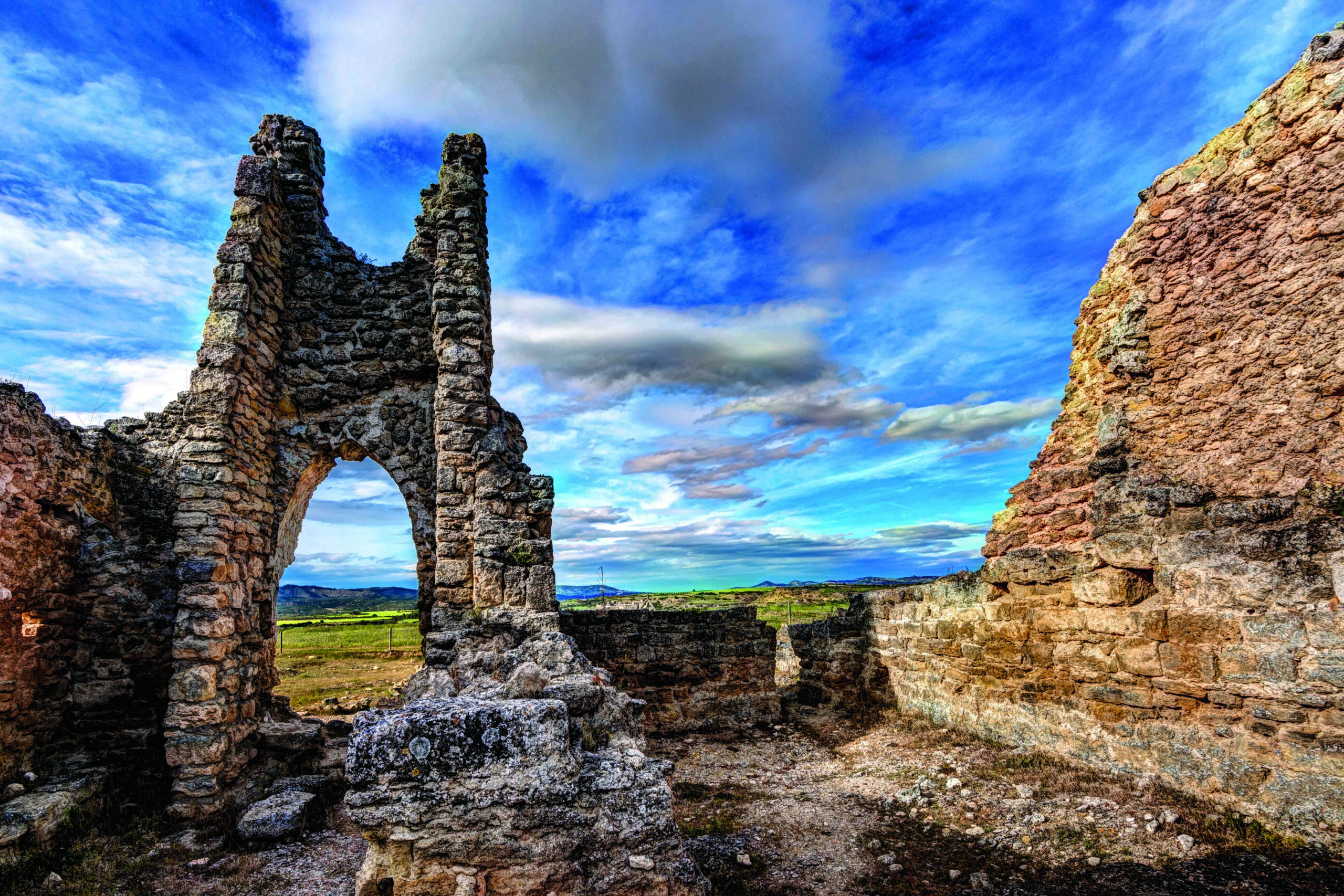
HANOVER, NEW HAMPSHIRE—According to a statement released by Dartmouth College, evidence of parasitic infection has been found in a privy that belonged to an affluent, nineteenth-century rural household. The layers of waste in the stone-lined privy contained fine imported ceramics, exotic peanut and coffee remains, mineral water bottles, medicine bottles for digestive ailments, and fecal samples. Jesse Casana of Dartmouth College said the ineffective medicine held in the bottles may have been intended to treat symptoms associated with parasitic infections. Located in front of what is now the Baker-Berry Library at Dartmouth College, the site was previously home to Choate House, which was constructed in 1786 by Sylvanus Ripley, a professor at the college. The house was purchased in 1801 by Mill Olcott, a wealthy businessman and politician, who lived there with his wife and nine children. All of the members of the Olcott family are likely to have been infected with parasites, said Theresa Gildner of Washington University in St. Louis, who analyzed the fecal samples and found tapeworm eggs and whipworm eggs in each of them. It had been previously thought that such infections were largely limited to crowded, urban areas with poor sanitation infrastructure. To read about carbonized pretzels found in an eighteenth-century privy in Germany, go to "World's Oldest Pretzels," one of ARCHAEOLOGY's Top 10 Discoveries of 2015.










